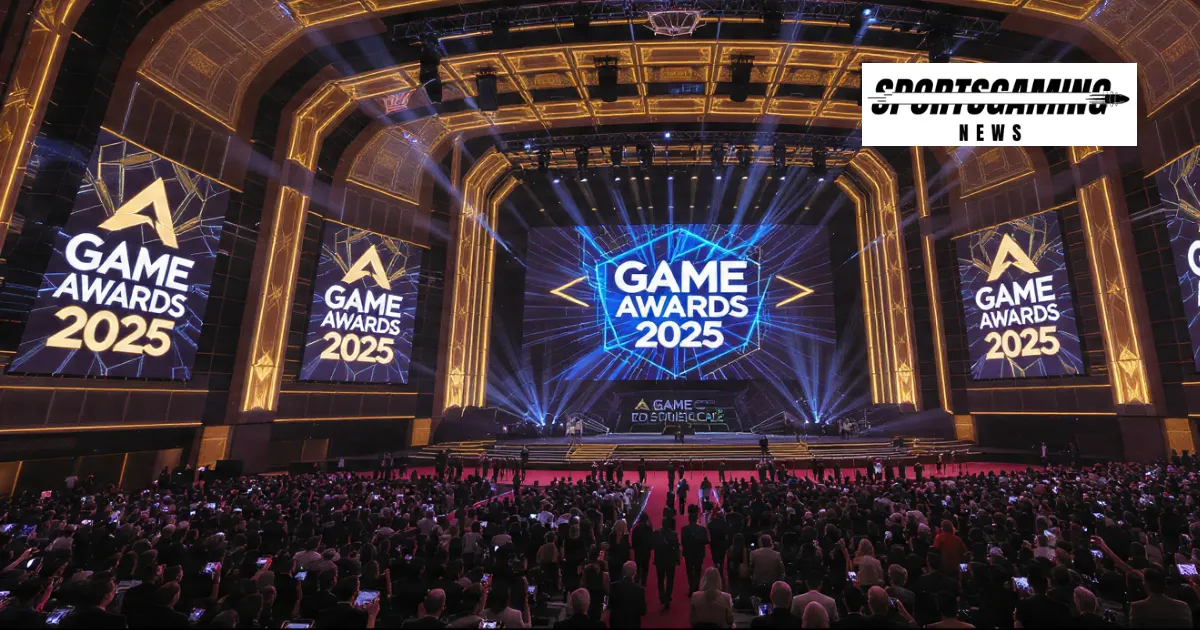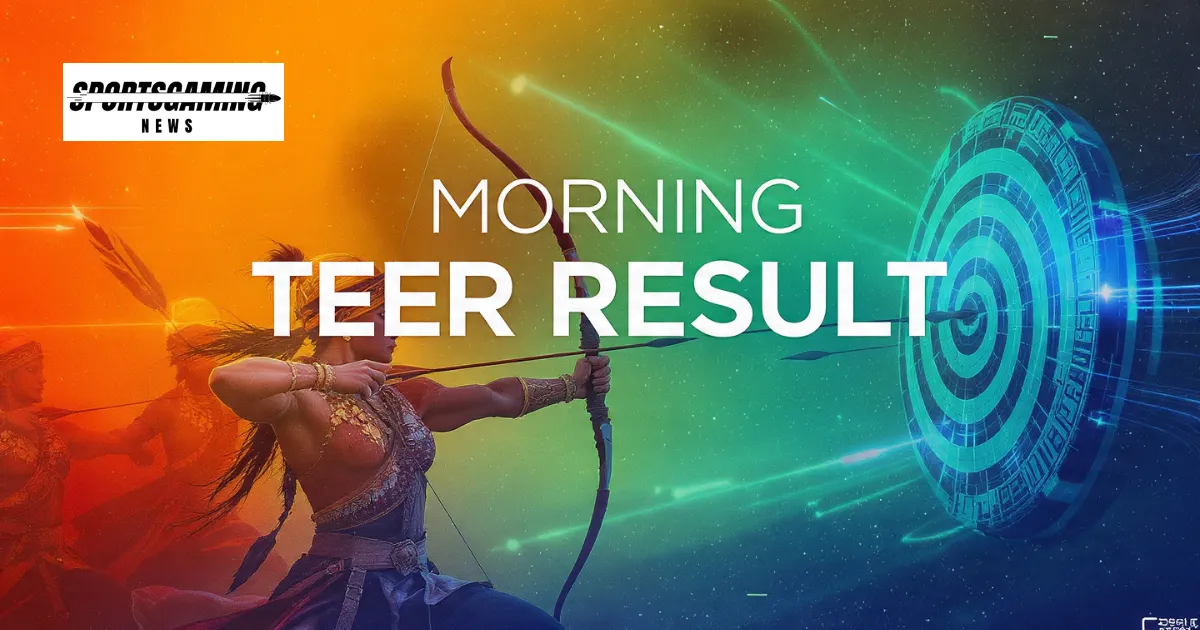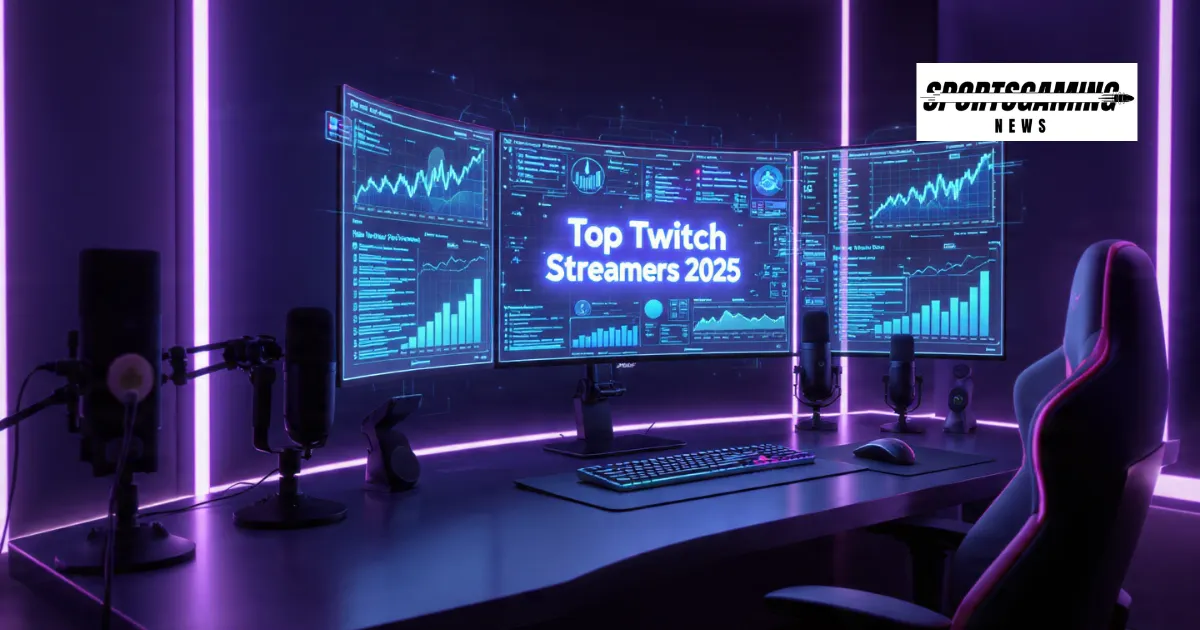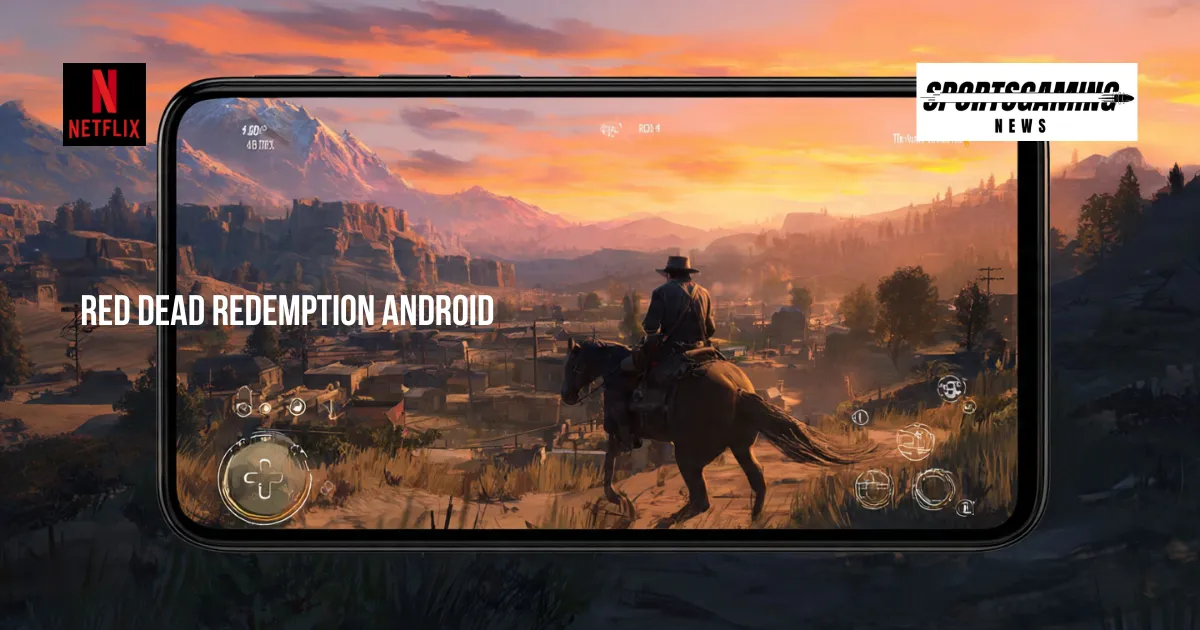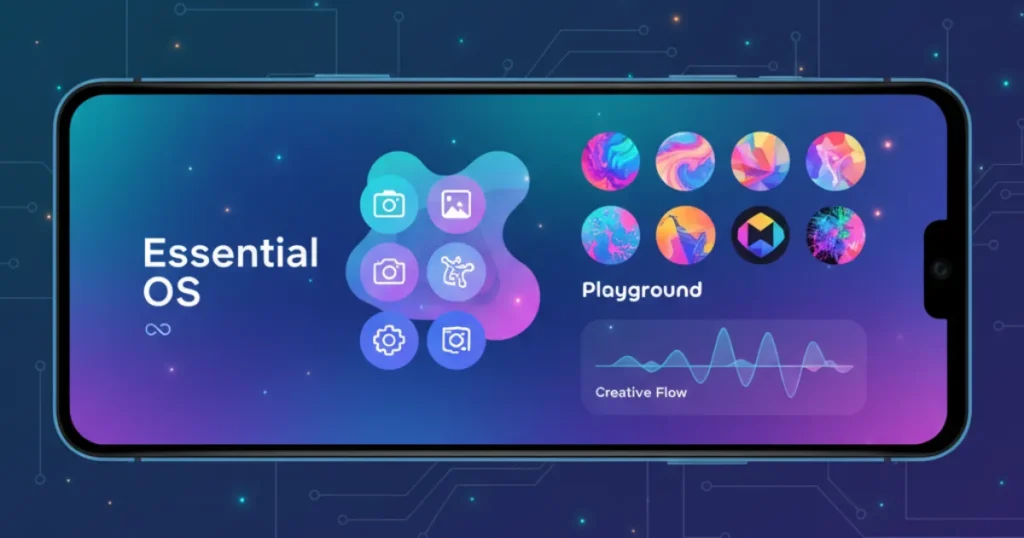In a world full of app stores and rigid operating systems, Nothing now pushes us forward. With its new Nothing Essential OS vision, the company is building a bridge from Android toward an AI-native future. At the heart of this move lie two pillars: Nothing’s Essential framework and the Playground “app store” Nothing unveiled. Today, I dive into how Nothing’s shift will reshape the app experience starting with sportsgamingdaily in your feed.
Rethinking the app model
Until now, smartphones have depended on app stores and fixed codebases. Users install APKs, updates roll slowly, and developers control the flow. Nothing asks a new question: what if you could create your own apps using Essential and Playground by Nothing? What if the OS itself understood you and built tools on demand?
Nothing calls this broader initiative the Nothing AI OS initiative a vision where AI lives in the core of the system, not just as an add-on. The current step is via “Essential” and “Playground.” Nothing launches Essential and Playground as its first bold move. It does not yet replace Android—rather, it layers on top of the Android core. In effect, it is an “Android layer Nothing” on which AI features sit.
In this shift, Essential Apps by Nothing becomes a tool: you write a simple prompt, then AI builds a small app or widget. That app can sit on your home screen, do one job, and even be shared via Nothing Playground app store. You can remix apps others made. That means the old top-down app model gives way to a more open, bottom-up system.
How Nothing’s Essential and Playground work as a new app ecosystem
When you use Nothing’s Essential system, you first see Essential Space, Essential Search, and (soon) Essential Memory. These parts gather your notes, images, voice recordings, and help you find what you stored without needing you to open specific apps. Then comes Essential Apps a prompt-based app builder. You tell it what you want (e.g. “track water intake daily”) and it builds a mini app or widget. Playground then acts as a hub or Playground “app store” Nothing calls community creations.
In practice, you go to the Nothing Playground app store online (playground.nothing.tech). There, creators post small apps, tools, camera presets, or EQ profiles. You browse, install, remix, or build your own. Nothing handles packaging and installing on devices running Nothing Essential OS features. Because it lives on top of Android, you still have access to full apps like Instagram or Spotify. But now you also have a layer where you build tools tailored to you.
This new model fosters creativity. With a few lines of prompt, you get an app you wanted but didn’t find. You don’t need to learn a language or API. This is part of Nothing AI app builder concept. Over time, Nothing may let you build full screen apps, not just widgets. That would mark real change in how mobile software evolves.
From Android toward a true AI-native OS
Nothing’s path is gradual. Right now, these features come in Nothing OS 4.0 (open beta) built on Android 16. Under the hood, Android remains intact. Nothing does not touch low-level code. But user experience shifts. The company hints that over time, the Android layer Nothing Essential becomes less visible. One day, the system may act more like a fluid AI shell than a static UI.
In the long run, the vision is a device that adapts itself. It will learn your habits, place apps, suggest tools, and even build what you need before you ask. That is the AI-native OS Nothing that Nothing dreams of. This stepwise evolution makes it more feasible. For now, you get to try Essential Apps, Playground, and see how the system reshapes itself around you.
Use cases: what this means for you
Imagine you want a custom weight tracker linked to your calendar and reminders. You write in plain language: “Make me a weight logging widget and send me weekly summary.” AI builds it instantly, and you install it via Playground. No coding. No waiting. Or you find someone else’s mood tracker in Playground and remix it to your taste.
Because these are lightweight, they won’t hog power or memory. No-thing limits how many you can use initially (for stability). Over time, those limits may loosen. The system learns and maybe even generates suggestions for you.
This shift means a new creator economy. Not professional developers only, but everyday users build and share. The No-thing AI OS initiative blurs the line between user and developer. And because it sits on Android, the broader app ecosystem remains intact. That hybrid is powerful: stability plus flexibility.
Challenges and risks
This new direction carries risks. One, it depends on AI quality. If the AI misinterprets your request, you get broken apps. Two, security. Allowing community-shared small apps requires strict sandboxing, or privacy may suffer. Three, inertia. Users and developers are used to the old app store model. Convincing them to adopt this layered AI system is a hurdle.
Also, performance matters. These mini apps must be efficient and not slow the system. No-thing must ensure the Android layer No-thing Essential does not degrade core responsiveness.
Finally, this is early stage. Currently, Essential Apps are more widget-level than full apps. But the roadmap shows plans for full apps soon. That is key for the Future of No-thing phones with Essential OS and Playground to be compelling.
What this means for the future of Nothing phones
If Nothing pulls off this transition, its phones will feel unlike anything else. The software won’t just respond—you’ll ask it to build new tools for you. That means your phone becomes more personal. Instead of installing many generic apps, you get customized solutions.
In years ahead, the Future of No-thing phones with Essential OS and Playground might let you speak your app to life. The OS could learn what you want, build it, and put it at your fingertips. The line between OS, apps, and AI blurs.
Because No-thing retains Android compatibility, you don’t lose access to the conventional ecosystem. But you gain a parallel, AI-native layer. Over time, that layer may dominate. Essentially, Android becomes the engine, and No-thing Essential OS becomes the face. That’s how the company moves “from Android to AI.”
Bringing it all together
No-thing’s move is bold. With No-thing unveils AI-native operating system in Essential & Playground, we see how a new software era might begin. No-thing’s move from Android to AI-native layer explained is a story of evolution, not revolution. The No-thing launches Essential and Playground moment marks the start. No-thing Essential OS becomes a brand for this new era. No-thing Playground app store gives life to user-made tools. No-thing AI OS initiative sketches a future where software molds to you. Essential Apps by No-thing becomes your toolkit. And AI-native OS No-thing is the horizon.
Now, even sportsgamingdaily sees easier tools to build sports trackers or game stats apps. In the middle of this journey, sportsgamingdaily might benefit from widgets built via Playground. And when the system matures, sportsgamingdaily readers could build micro apps from within the OS.
No-thing’s idea is not magic. It is a new software model. It still uses Android inside. But by layering AI, it gives users the power to build, share, and personalize. That could reshape how we think about apps entirely.
At the end, sportsgamingdaily sees a world where readers don’t scroll app stores—they speak or type their ideas and get tools. No-thing’s Essential & Playground may well redraw the map of mobile software. The path from Android to AI is just starting and No-thing Essential OS may lead the way.


